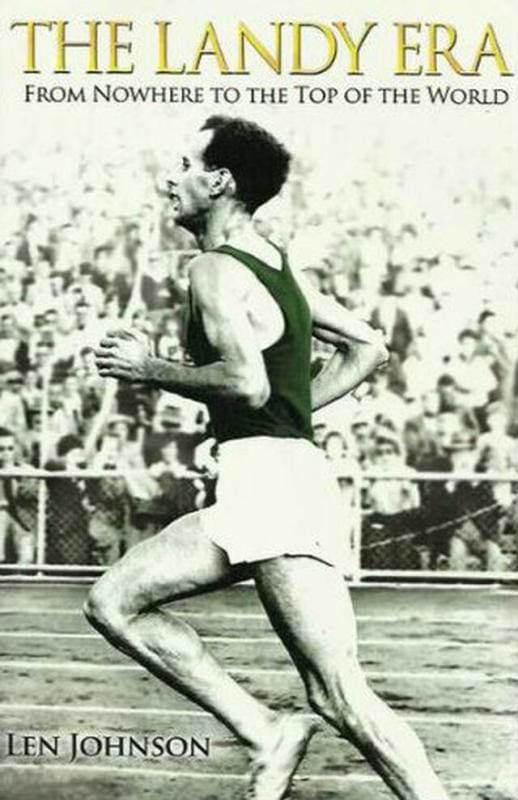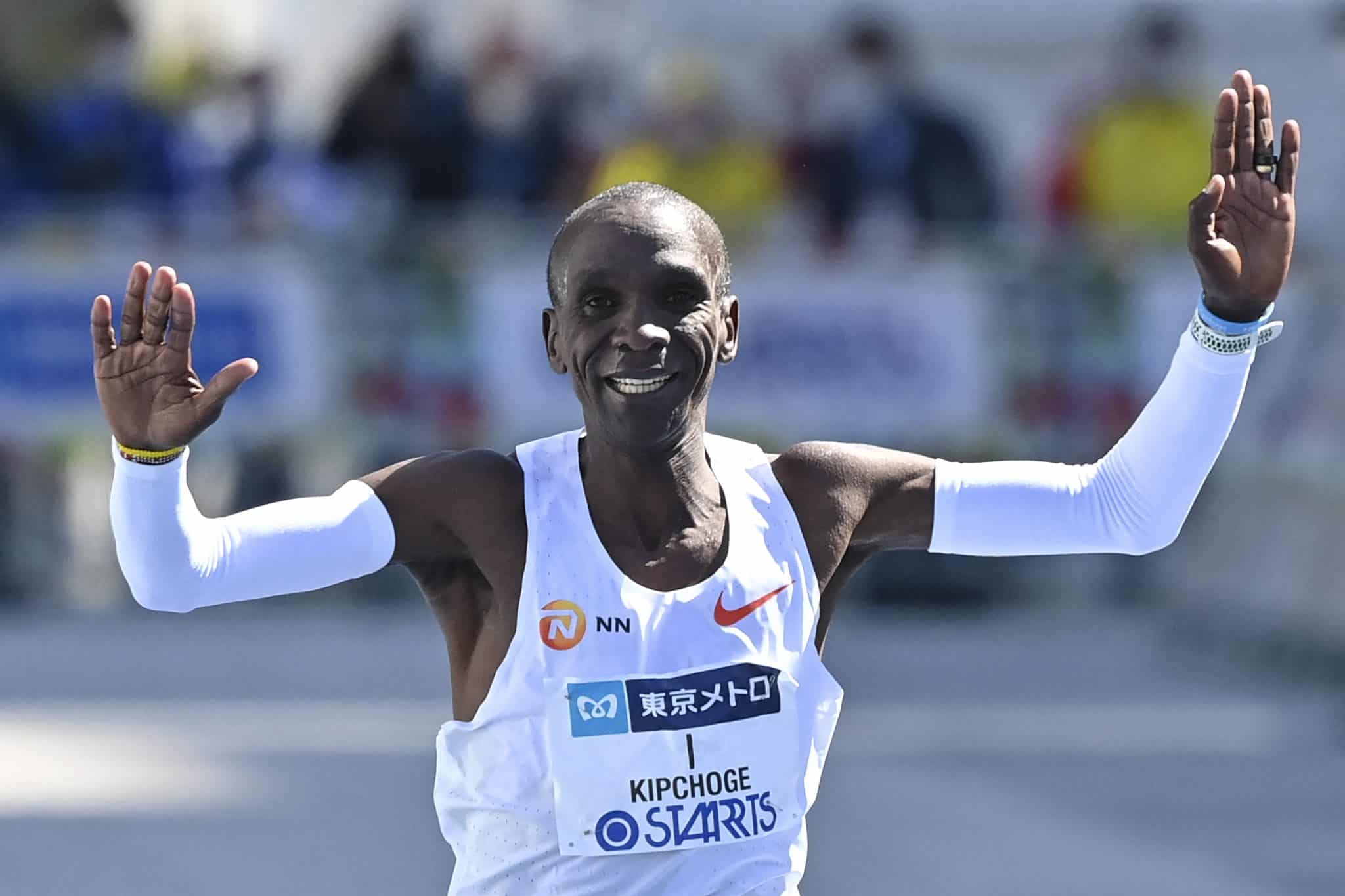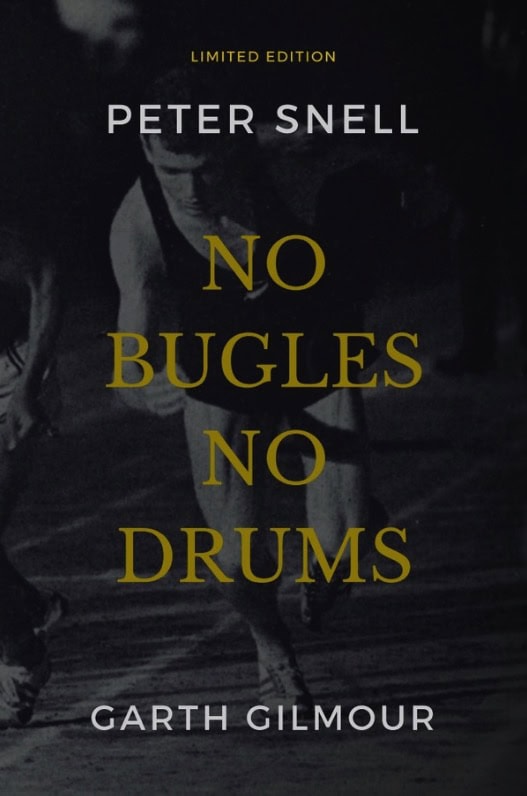Time is marked out in finite units – seconds, minutes, hours, days, etc. But neither time nor events seem to work out that way. Sometimes nothing much seems to be happening. Other times everything seems to be happening at once.
That’s the way it’s been for the week beginning Sunday 11 February, anyway (and it’s not over yet as I write on Friday 16).
On Sunday, on the Eldoret-Kaptagat Road in Kenya’s Rift Valley, marathon world record holder Kelvin Kiptum and his coach died in a motor accident. Kiptum was poised to deliver the strongest challenge yet to Eliud Kiipchoge’s dominance of men’s marathon running.
Kipchoge is almost universally acclaimed as the greatest marathoner ever. Having already relieved Kipchoge of the world record with his 2:00:35 in Chicago last year, Kiptum was building towards supplanting Kipchoge of his Olympic marathon crown in Paris and, before that, join him as the second member of the sub-two-hour club, but to do so in Rotterdam, in an officially recognised race. (Kipchoge ran 1:59:41 aided by record-illegal pacing).
Now that can never happen. Instead, Kiptum joins Sammy Wanjiru as a marathon champion taken from us much too soon. Wanjiru, at least, first came to world-wide notice when he won the Olympic marathon in Beijing in 2008 after a thrilling race-long, punch and counter-punch battle, running 2:06:32 on a hot and sunny day. And he performed brilliantly in winning London and Chicago in 2009 and Chicago a second time in 2010.

Kiptum, on the other hand, might have done more that break the world record. But he did run two of the three fastest marathons on the all-time list and three of the first seven. His debut produced a 2:01:53 in Valencia in 2022. That’s number seven. Then last year saw him break Kipchoge’s race record in winning London in 2:01:25 (number three) before his world record 2:00:35 in Chicago.
Forget the shoes (if you can): those performances ain’t going away any time soon.
Kipchoge will be going for a third consecutive Olympic gold in Paris. Whoever wins, however, the question will be: “would he have beaten Kelvin Kiptum.”

The week (to Friday, anyhow) closed with the passing of another Kenyan great in Henry Rono. Like Kelvin Kiptum, Rono never got to show what he could do at an Olympic Games. He was selected for the steeple and 5000 metres in Montreal in 1976, but Kenya joined the African boycott of those Games, the decision coming when many of the team were already in the Olympic Village.
In 1980, Kenya backed the US-led boycott of the Moscow Olympics. No Olympics for Henry Rono.
Rono compensated in 1978 with one of the greatest assaults on the distance world records since Ron Clarke in 1965. In the space of 81 days from 8 April to the end of June he set world records in the 5000, the steeple, the 10,000 and the 3000.
All except the 3000 record, which was set at the Bislett Games in Oslo, came in relatively insignificant competitions. The 5000 was in a triangular meeting in Berkeley for Rono’s Washington State University. He ran 13:08.4, taking 4.5 seconds off Dick Quax’s mark of 13:12.9.

Next came the steeple. On 13 May in Seattle, Rono bulldozered his way to an 8:05.4, 2.6 seconds better than the world record Swede Anders Garderud had run in winning the Olympic gold in Montreal two years earlier.
It wasn’t pretty to watch. “If Rono had any hurdles technique, he would have broken eight minutes today,” distance runner-up Jim Johnson commented. “His hurdling form is ragged, but he has a lot of horsepower and he uses it.”
Next was the 10,000 in a hastily arranged race in Vienna. Rono’s 27:22.4 sliced over eight seconds off the previous mark. Finally, at the Bislett Games in Oslo on 27 June he ran 7:32.1, three seconds quicker than Brendan Foster’s mark.
New York Times journalist James Rosen was another to assess Rono’s style negatively. Writing at the end of Rono’s record blitz, he commented:
“Rono didn’t simply break four world records. He obliterated them in low-key meets with little competition, on a diet of cheeseburger and Budweiser (other refreshments were, of course, available at the time, as they are now).
“His stride wasn’t the most graceful. But his willpower and barrel-chested force were unmatched.”
No style – who cares?
Amidst all this Rono ran for Kenya in the 1978 Commonwealth Games in Edmonton. He had plenty of competition there, but no matter. He beat teammate Mike Musyoki and Foster in winning the 5000 by some six seconds and led a Kenyan sweep in the steeple.
Not surprisingly, Rono was Track & Field News’ male athlete of the year for 1978.
There were numbers – most of them unflattering – on the way to Rono’s 1981 world record. He was battling drinking problems when he ran a 5000 in 15:40 at a small-time meeting in Finland in July. Forty-five days later he was still drinking heavily when he lined up in another 5000 in Norway. But Rono had run himself back into shape – he won in 13:06.20, his fifth and last world record.
It took more than a decade but Rono eventually got himself off alcohol, completed his college degree and mastered English. He became a teacher in later life. In an article for World Athletics Heritage last year Rono told Simon Turnbull that he was prouder of this turnaround than of his world records.
Hollingsworth, Davies, Batt-Doyle and Myers at Lakeside
In between all this came the Melbourne Continental Tour Gold meeting at Melbourne’s Albert Park.
Amidst a slew of excellent performances, four middle-distance results stood out.
First and foremost was Claudia Hollingsworth’s win over Abbey Caldwell, Catriona Bisset and the rest of a strong field in the women’s 800. The 18-year-old ran 1:59.81 in becoming seventh among the 10 Australian women to break two minutes.
A little later, Rose Davies and Issy Batt-Doyle became the fourth and fifth Australian women to break 15 minutes for 5000 when Davies won an exciting battle between the pair to win, 14:57.54 to 14:59.18.
Finally, Cameron Myers lost no friends when he raced home on the heels of Stewart McSweyn (3:52.00) and Jake Wightman (3:52.11) in the John Landy Mile in 3:52.44.

Speaking of African distance runners in 1982, Kenny Moore wrote: “Out of Africa, the finest runners come unannounced, astonishing in their sudden completeness.”
The same seems to be true of Australian teenagers at the moment.